The tiny home movement and the rise of Accessory Dwelling Units (ADUs) represent two facets of a growing trend towards downsizing and efficient living. While both concepts share similarities, key differences define their functionality, legality, and appeal. This guide explores the nuances between tiny houses and ADUs, addresses common questions, and provides insights into making the most of these compact living spaces.
For homeowners, building a tiny home ADU offers numerous benefits, including additional rental income, a private living space for family members, or a cozy guesthouse. These units provide an excellent opportunity to utilize backyard space effectively in a small floor plan, with some adding value to the property while adhering to minimalist living principles.
Is an ADU the Same as a Tiny Home?
At first glance, ADUs and tiny homes seem to embody the same principle: living minimally in a small space. However, ADUs are defined as secondary housing units on a property with an existing primary residence, subject to specific zoning and building regulations. Tiny homes, on the other hand, are primarily known for their mobility when built on wheels and their focus on minimalist living, which can be situated independently on a property or within tiny home communities.
Tiny Home vs. ADU: Key Differences
- Regulations: ADUs are regulated by local zoning laws, requiring permits and adherence to building codes. Tiny homes on wheels often fall under RV classifications, facing different legal standards. Read more about tiny home regulation.
- Foundation: ADUs are permanently affixed to a foundation, while tiny homes can be either fixed or mobile.
- Utility Connections: ADUs are typically connected to the main house’s utilities, whereas tiny homes might use off-grid solutions.
Pros and Cons of ADU vs. Tiny House
- Flexibility: Tiny homes offer more location flexibility, especially models on wheels. ADUs provide a fixed, stable housing solution that can enhance property value.
- Legality: Navigating zoning laws for ADUs can be complex but offers legal clarity. Tiny homes’ legal status varies widely, often complicating residency and utility hookups.
- Investment: ADUs can be a significant investment in your property, potentially offering rental income and increased property value. Tiny homes offer a lower entry cost and the appeal of minimalist living but may not add the same value to your property.
Can a Tiny Home Be Used as an ADU in California?
In California, the possibility of using a tiny home as an Accessory Dwelling Unit (ADU) hinges on several critical factors, primarily related to compliance with local building codes, zoning requirements, and the necessity for the structure to be affixed to a permanent foundation. This regulatory framework ensures that tiny homes used as ADUs meet safety, design, and utility standards equivalent to traditional housing, allowing homeowners to integrate the minimalist and efficient living spaces that tiny homes offer into the fabric of residential communities legally and safely.
Limitations and Considerations for ADU Tiny Homes
However, it’s important to note that not all tiny homes qualify as ADUs under California law. Tiny homes on wheels, for example, often face restrictions that prevent them from being recognized as permanent ADUs. These mobile units are typically classified as recreational vehicles (RVs) and may not be considered legal dwelling units for long-term residence on a property without specific zoning allowances or variances. The distinction between a tiny home on wheels and a tiny home on a foundation is significant, with the latter being more likely to meet the criteria for an ADU.
Tiny Homes as ADUs in San Diego
Tiny homes have recently been classified as a type of ADU in San Diego – you can have a detached tiny home (150-430 sqft in size, licensed by the DMV) as your ADU in your back yard. Note that this is not in addition to having an ADU; the tiny home is classified as the ADU. Tiny Homes must be connected to all utilities and sit on a concrete pad, which means the all-in costs of using a tiny home for your ADU often end up looking very similar to a permanent ADU.
Impact on Property Value
One of the critical distinctions between a tiny home used as an ADU and one that cannot be classified as such is the impact on property value. ADUs that comply with all local regulations and are permanently affixed to the property can significantly increase a property’s value. They are considered part of the real estate and are assessed as such by property appraisers. This increase in property value reflects the added utility and potential rental income that a legal ADU provides to homeowners.
Conversely, tiny homes that do not meet the criteria for ADUs, especially those not permanently affixed to a foundation, do not typically contribute to the assessed value of the property in the same way. While they may offer practical living or rental solutions, their mobility and classification outside of permanent structures mean they are often not included in property valuations. This distinction can affect homeowners’ decisions regarding investment in tiny homes versus ADUs, depending on their goals for property use and value enhancement.
How Big is a Tiny House vs. an ADU?
The distinction between a tiny home and an Accessory Dwelling Unit (ADU) often comes down to size, but the comparison reveals more about their respective roles in providing alternative housing solutions. Understanding the size parameters of each can help homeowners decide which option best suits their needs and property constraints.
Tiny Home Dimensions
Tiny homes, celebrated for their minimalist approach to living, typically range from 100 to 400 square feet. This compact size is part of the tiny home movement’s philosophy, emphasizing simplicity, efficiency, and a reduced environmental footprint. The small scale of tiny homes is designed to maximize space utility without the excess of traditional housing, often incorporating multi-functional furniture and innovative storage solutions to make the most of every square inch.
ADU Size Regulations
In contrast, ADUs in California are subject to specific size regulations that vary by local jurisdiction but generally offer more space than a traditional tiny home. Statewide, ADUs can be up to 1,200 square feet, depending on the city’s zoning laws and the lot size. This larger size range allows ADUs to function more like traditional homes, with separate living, sleeping, and kitchen areas. ADUs provide a versatile housing option that can accommodate family members, generate rental income, or serve as a home office or studio.
View ADU floor plans under 500 sqft.
What Is the Smallest ADU You Can Build?
California’s ADU regulations do not specify a minimum size, but local jurisdictions might. Generally, the smallest ADU you can build is determined by the ability to include essential living facilities (kitchen, bathroom, sleeping area) within building safety standards. It’s common to see ADU minimum size limits at 150 square feet, depending on local codes.
Read more about ADU sizes.
Comparing Tiny Homes vs ADUs
While both tiny homes and ADUs aim to maximize the efficiency and utility of small spaces, ADUs typically offer more room to incorporate the comforts and functionalities of a standard home. This difference in size means that ADUs can more easily meet the diverse needs of individuals and families, from providing independent living spaces for elderly parents to offering a viable rental property.
However, the larger size of ADUs also means they require more land, potentially higher construction costs, and must adhere to stricter zoning and building codes than tiny homes. For those with limited space or budget, or who prioritize mobility, a tiny home might be the more suitable option, despite the potential limitations on its use as a permanent dwelling on the property.
Making the Choice
Deciding between a tiny home and an ADU involves considering your long-term goals, the available space on your property, and how you plan to use the additional dwelling. For those looking to add significant value to their property or create a fully functional independent living space, an ADU may be the preferred choice. In contrast, a tiny home might appeal more to those seeking a minimalist lifestyle or a temporary housing solution.
Choosing between a tiny home and an ADU—or deciding on the construction method for your ADU—depends on your specific needs, property constraints, and goals. Whether you’re attracted to the autonomy and minimalist ethos of a tiny home or the investment and legal clarity of an ADU, understanding the distinctions and regulations governing each can guide you to the best decision for your lifestyle and property.
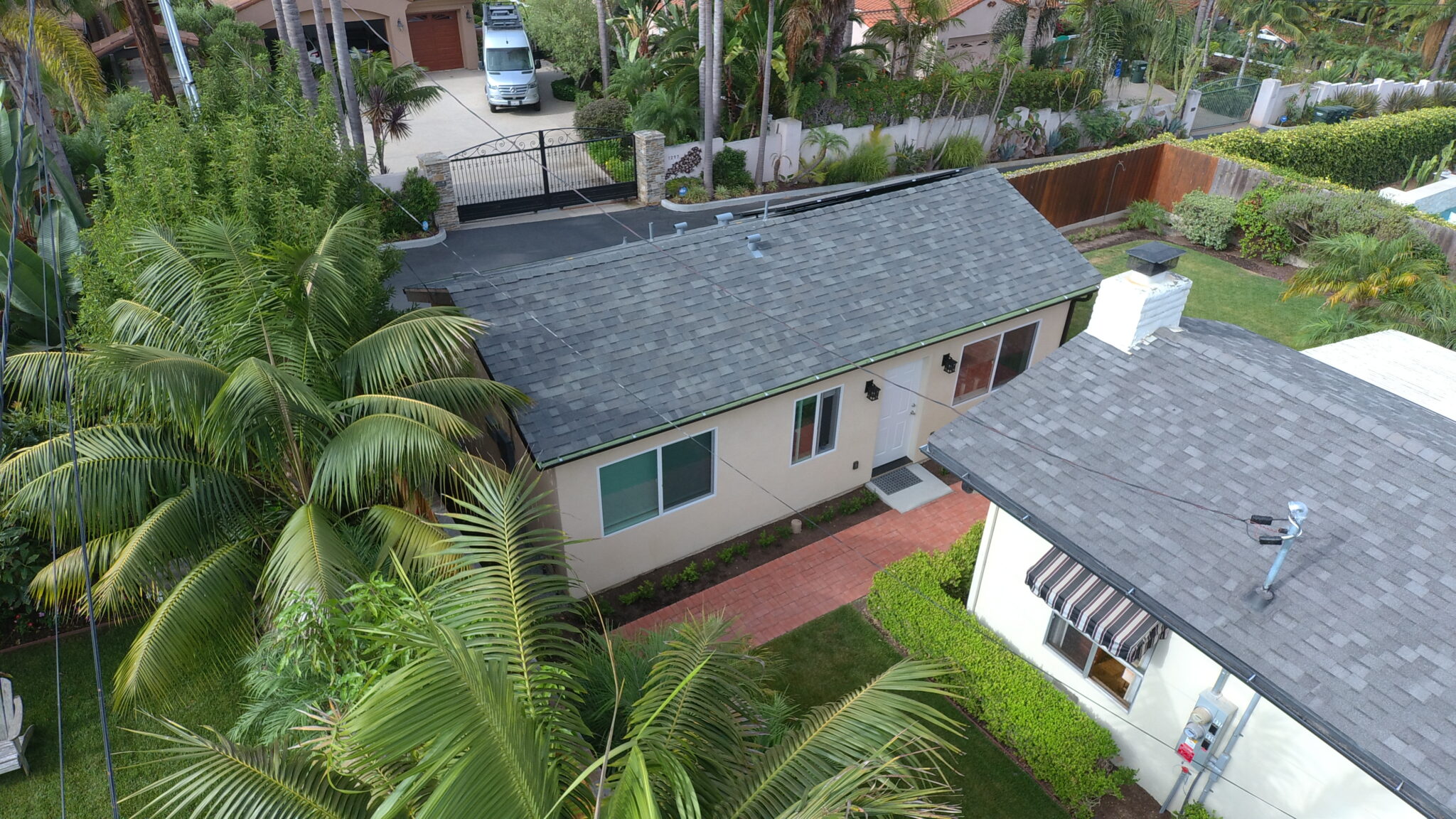
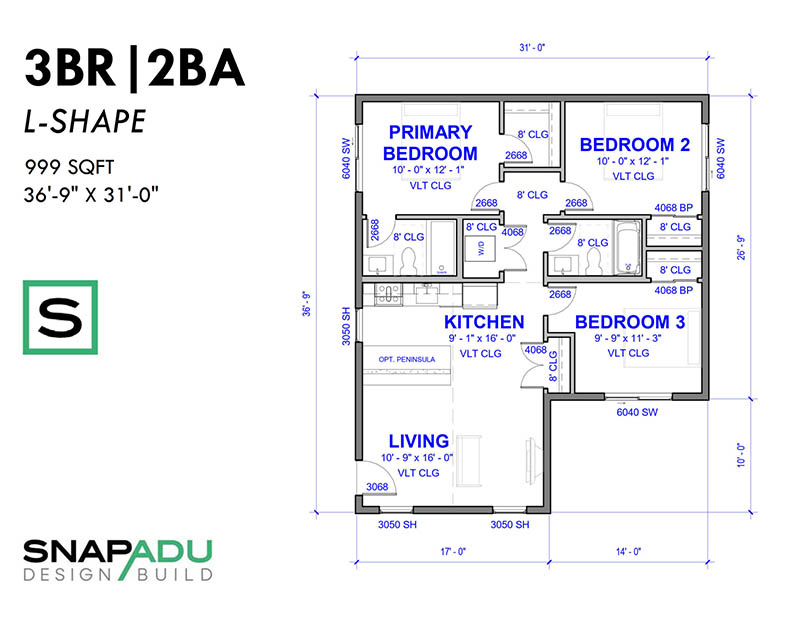
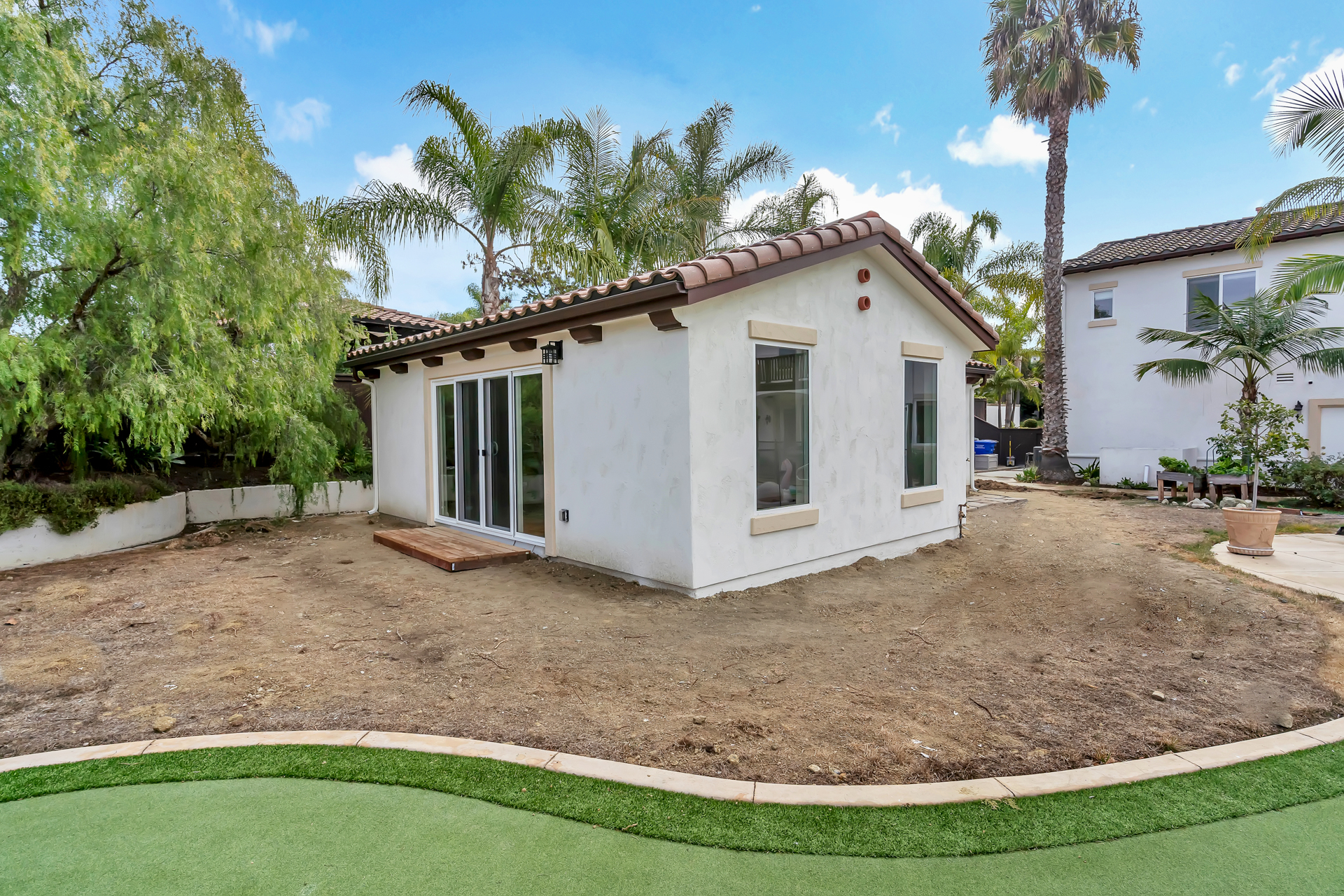
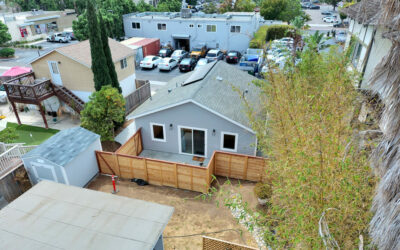
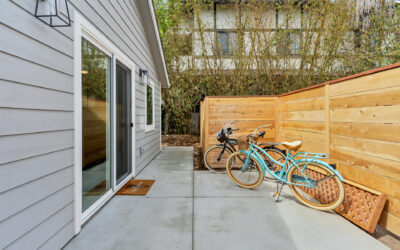
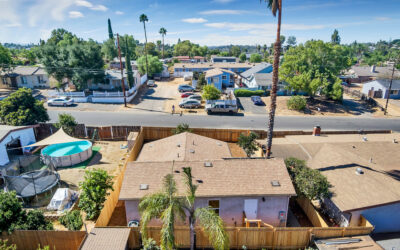
0 Comments